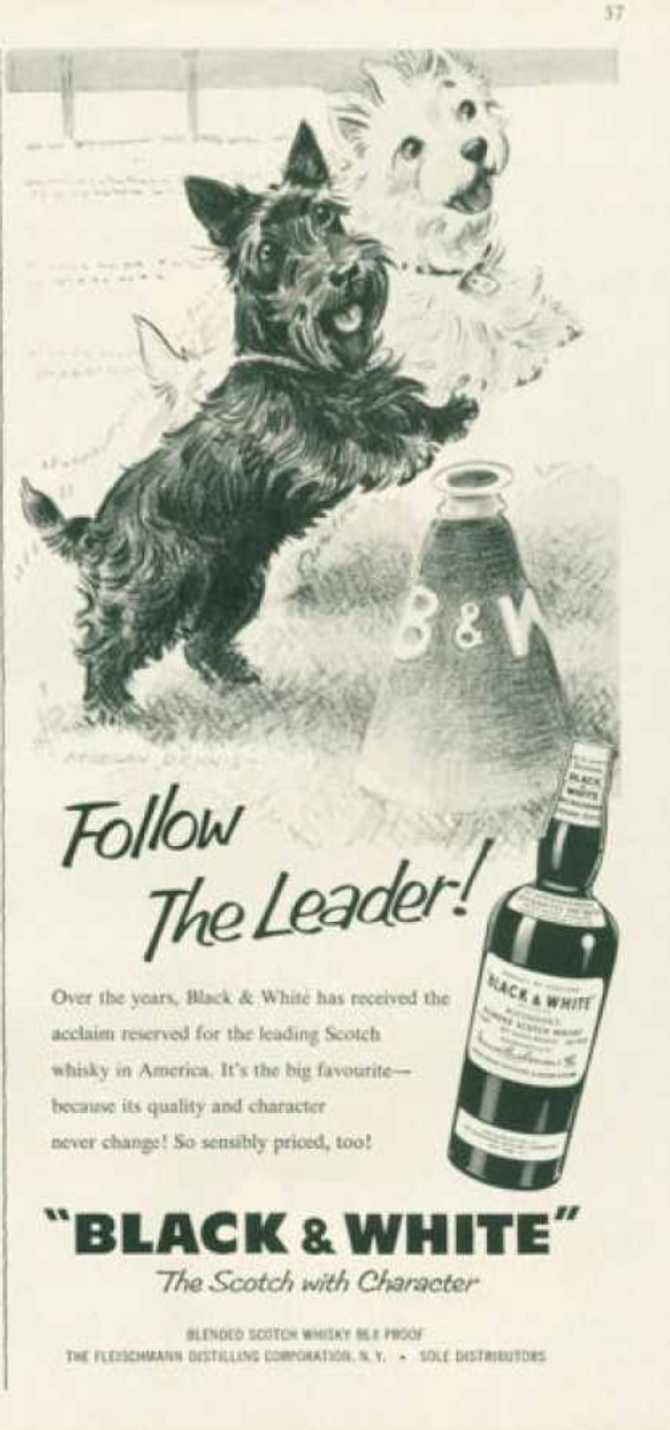Good Monday afternoon. Good news for PR peeps—you finally got the mention you deserve in this week’s cold open of SNL. The episode kicked off with the line, “I’m ‘Prefers to remain anonymous,’ and I handle public relations for the NFL, so if anyone wants to switch jobs let me know.” Hit Reply if you can relate?
In today’s edition:
- Who does @Twitter follow on Twitter?
- The FTC has a message for marketers
- TV’s on the up and up, report says
— Phoebe Bain, Minda Smiley
|
|
|
Twitter
As @Twitter tweeted “hello literally everyone” during the Facebook outage, it became more obvious that the Twitter account follows almost no one. In fact, that day, it only followed 10 users.
- Recently, Twitter has been tweeting to its roughly 60 million followers asking who it should follow and why.
-
One user, Louan Bengmah, simply responded to one of those tweets linking to a Twitter account featuring emoji mashups he created, and bam, he landed one of the most coveted followers on the whole bird app.
But here’s the interesting part: When we spoke with the France–based web developer on October 4, Bengmah said he didn’t think he’d have Twitter’s attention for long. “I think in a week or so, they will unfollow us and ask for another batch,” he told us, explaining that this happened to another user, Noah Evans, earlier this year, with Twitter following, then unfollowing his account.
Turns out, Bengmah was right: As of October 18, Twitter’s account was following zero people.
Talking shop: According to Twitter’s global head of social and editorial Alphonzo Terrell, this is all part of the master plan. Terrell told us that these “who should we follow” tweets represent a piece of Twitter’s larger social strategy, which focuses on agility and creating intimate moments with its users.
Zoom out
Since Terrell joined Twitter in September 2019, he’s shifted the brand’s strategy to focus more on agility in order to prioritize real-time interactions with users.
- Ultimately, Terrell told us, the strategy is more about sentiment than metrics.
- “It’s really qualitative at this point, because growing the handle to be bigger isn’t really the ultimate goal. We really just want to shine a light on some of the really awesome things that happen on Twitter that people might not be aware of,” he said.
But speaking of metrics: The most recent follow tweet’s total engagement, which Twitter defines as the combined number of likes, retweets, and replies, was 150% higher than the tweet before it, garnering the highest engagement out of any of Twitter’s tweets during the month of September.
Unfollowed: Terrell explained that Twitter unfollows accounts periodically to spread the love to more users while keeping an air of exclusivity by only following a small group of people at a time.
And even if it only lasts a few weeks, users who get a rare follow from Twitter feel its impact.
“I tweeted about it, and started getting quite a lot of followers,” Noah Evans, the user with the @Twitter follow Bengmah mentioned, told us. He had about 3,970 followers before Twitter followed his account. By the next morning, he had more than 5,000. “Most of those followers have stuck around too, which is really crazy,” he said.
Read the full story here.—PB
|
|
|
Giphy
The Federal Trade Commission is telling top companies and ad agencies to avoid fake or deceptive endorsements if they want to stay out of trouble.
Details, please: The government agency sent a letter to more than 700 businesses this month to remind them that they’ll pay a (literal) price if they use “endorsements to deceive consumers.”
-
“The rise of social media has blurred the line between authentic content and advertising, leading to an explosion in deceptive endorsements across the marketplace,” the FTC said in an announcement last week.
- According to the FTC, advertisers that engage in misleading practices—like “misrepresenting whether an endorser is an actual, current, or recent user,” for instance—could pay up to $43,792 per violation.
- Major brands like Procter & Gamble, Target, and Uber—as well as agencies like TBWA Worldwide and McCann Worldgroup—received the notice. But just because a company received one “does not in any way suggest that it has engaged in deceptive or unfair conduct,” the FTC wrote in their announcement.
Why now? In April, the Supreme Court put out a ruling that puts substantial limits on the FTC’s ability to get monetary relief for consumers who’ve been affected by shady business practices. Linda Goldstein, who co-leads law firm BakerHostetler’s advertising, marketing, and digital media team, told Ad Age that the notices are a “direct result” of the Supreme Court’s decision, describing them as an “end-run” around the ruling.
As the National Law Review wrote, the move “constitutes a warning shot that the FTC is watching marketers carefully and intends to pursue substantial fines if and when appropriate.”—MS
|
|
|
|
Like apples, pears, and the ever-elusive fig. But other things don’t grow on trees—namely e-commerce success.
While e-commerce success is as sweet as fresh fruit on a summer day, it can be hard to come by. Good news is, we’ve got you covered with this case study on how you can learn the ropes from the mavericks at Motorola who were able to scale their global commerce operations.
They were able to launch 11 e-commerce solutions in 14 days (nearly one every day). Plus, from May to June 2021, Motorola saw a 300% CMGR (compounded monthly growth rate) in sales and a 25% increase in conversion rate.
How did they do this? With mobile-first marketing channels, localized copy, local-centric payment methods, and attractive promotional strategies.
Oh and a little something else: VTEX.
But we won’t spill all the beans. Download the case study today to learn more.
|
|
|
Photo by Glenn Carstens-Peters on Unsplash
If you’re part of Gen Z, this may shock you: People still watch traditional TV. That’s according to measurement firm iSpot, which recently shared some info with us about what happened across both linear and connected TV (CTV) during the third quarter of 2021. The firm said it measured “every second” of TV advertising across linear and hundreds of CTV sources for the report.
- iSpot analyst Sammi Scharninghausen told Marketing Brew the report’s most important takeaway is that Q3 “showed TV getting closer to ‘normal’ again.”
- For instance, “live sports dominated ad impressions and primetime broadcast spend was up 16% compared to 2019,” Scharninghausen said.
- “Even as streaming continues to cut into linear audience numbers, primetime and live sports remain reliable places for brands to get the most reach,” Scharninghausen continued.
Read on for the stats we found most significant:
On primetime: Q3 primetime broadcast TV spend increased 39.5% compared to 2020...and was up 16% compared to 2019.
Let’s all go to the movies: Ad impressions for theatrical release trailers on TV increased more than 5x year over year, with spend up 7x in Q3 (though both impressions and spend are still down at least 10% compared to the same time in 2019).
Sportball: Sports delivered the most TV ad impressions for the quarter, with the Olympics taking 2.1% of total ad impressions in Q3, the NFL at 1.6%, and college football delivering 1.3%.
Highball: Due to the “declining presence of beer giants,” per iSpot, alcohol impressions shrank to 2.02% of TV impressions, down from 2.44% in 2019.—PB
|
|
-
Nielsen is rebranding with a new logo, brand colors, and more after a rough year for the measurement org.
-
Amazon came under fire from members of Congress as they questioned if the company misled them regarding its use of third-party data.
-
Universal Pictures’ Halloween Kills movie performed well at the box office, even though it was also streaming on Peacock—get you a girl who can do both.
-
Apple’s share of the mobile app advertising business has tripled in the last six months since implementing new privacy regulations.
|
|
|
|
Meet your audience at pivotal moments. TV’s biggest moments start on Roku, America’s No. 1 TV streaming platform. Want to reach households with an estimated 150+ million streamers? Ok, Roku does that. TV starts here.
|
|
|
Francis Scialabba
There are a lot of bad marketing tips out there. These aren’t those.
Insta: You can actually schedule your Instagram Lives now—here’s how.
Video killed the…Longform YouTube star? This infographic outlines what’s next for YouTube Shorts after a year of the format existing in the wild.
E-comm: Turn to these three brands for shoppable content inspo.
|
|
 Vintage Ad Browser B&W Scotch was talking about a different kind of following in this 1959 ad.
|
|
|
You're 2 referrals away from earning Morning Brew stickers.
Don't leave your laptop feeling naked. Cover it up with these Morning Brew stickers.

Hit the button below to learn more and access your rewards hub.
Click to Share
Or copy & paste your referral link to others:
morningbrew.com/marketing/r/?kid=303a04a9
|
|
Catch up on a few Marketing Brew stories you might have missed.
|
|
|
Written by
Phoebe Bain and Minda Smiley
Was this email forwarded to you? Sign up
here.
WANT MORE BREW?
Industry news, with a sense of humor →
-
HR Brew: analysis of the employee-employer relationship
Tips for smarter living →
 Podcasts →
Business Casual
and
Founder's Journal
Podcasts →
Business Casual
and
Founder's Journal
Accelerate Your Career →
-
MB/A: virtual 8-week program designed to broaden your skill set
|
ADVERTISE
//
CAREERS
//
SHOP
//
FAQ
Update your email preferences or unsubscribe
here.
View our privacy policy
here.
Copyright ©
2021
Morning Brew. All rights reserved.
22 W 19th St, 8th Floor, New York, NY 10011
|
|











